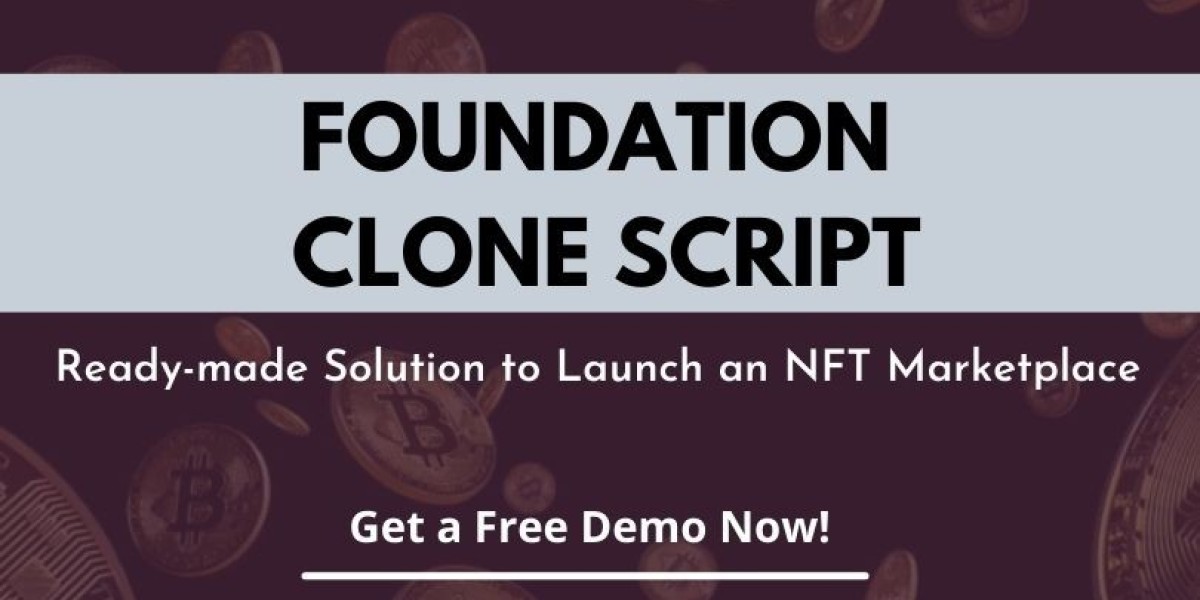Trastuzumab, a monoclonal antibody targeting HER2-positive breast cancer, has revolutionized the treatment landscape since its approval in 1998. Known for its efficacy in improving survival outcomes, trastuzumab has been a cornerstone therapy for HER2-positive breast cancer patients worldwide. As patents for the originator biologic have expired or are nearing expiration, the advent of biosimilars has sparked significant interest and evolution in the oncology therapeutics market.
Importance of Trastuzumab in Cancer Treatment
Trastuzumab, marketed under various brand names including Herceptin®, is designed to selectively target the HER2 protein, which is overexpressed in approximately 20-25% of breast cancers. By binding to HER2 receptors, trastuzumab inhibits cell proliferation and promotes immune-mediated destruction of cancer cells, thereby improving patient outcomes and survival rates. Its success has expanded its indications to include HER2-positive gastric cancer and other malignancies, broadening its impact on cancer care beyond breast cancer.
Rise of Biosimilars
Biosimilars are biologic products highly similar to an already approved reference product, with no clinically meaningful differences in terms of safety, efficacy, and quality. They offer a cost-effective alternative to originator biologics, promoting competition and potentially reducing treatment costs for patients and healthcare systems. In the case of trastuzumab, biosimilars aim to replicate the therapeutic benefits of the originator while offering affordability and accessibility enhancements.
Market Dynamics and Competition
The introduction of trastuzumab biosimilars has intensified competition among pharmaceutical companies, driving down prices and expanding patient access globally. Companies like Amgen, Mylan, and Biocon have emerged as key players in developing and commercializing trastuzumab biosimilars, leveraging their expertise in biotechnology and regulatory pathways to bring these products to market.
The competitive landscape is characterized by strategies such as pricing strategies, distribution agreements, and market penetration initiatives aimed at gaining market share from the originator product. Healthcare providers and payers increasingly adopt biosimilars to manage treatment costs while maintaining therapeutic efficacy, further fueling market growth.
Regulatory Landscape and Approval Pathways
Regulatory agencies such as the FDA (Food and Drug Administration) in the United States and the EMA (European Medicines Agency) have established rigorous guidelines for the approval of biosimilars, ensuring they meet stringent criteria for similarity to the reference product. Critical aspects evaluated include analytical, preclinical, and clinical data demonstrating biosimilarity, immunogenicity, and safety profiles.
In recent years, regulatory pathways have evolved to streamline the approval process for biosimilars, encouraging innovation and competition in the biologics market. This evolution has facilitated the rapid development and commercialization of trastuzumab biosimilars, enhancing patient access to cost-effective treatments without compromising on quality or safety.
Future Trends and Market Outlook
Looking ahead to 2024 and beyond, the trastuzumab biosimilars market is poised for continued growth, driven by increasing acceptance among healthcare providers, regulatory advancements, and expanding indications. Market penetration is expected to deepen across both developed and emerging markets, supported by favorable pricing dynamics and strategic collaborations between pharmaceutical companies and healthcare stakeholders.
Advancements in biotechnology and manufacturing processes are anticipated to further enhance the quality and affordability of biosimilar products, reinforcing their role in oncology treatment paradigms. Patient advocacy groups and healthcare policymakers continue to play a pivotal role in promoting biosimilar adoption, aiming to optimize healthcare expenditures while improving patient outcomes in oncology and beyond.
In conclusion, the emergence of trastuzumab biosimilars represents a transformative phase in oncology therapeutics, offering promising opportunities for cost-effective cancer treatment without compromising on efficacy or safety. As these biosimilars continue to gain traction globally, they are poised to redefine standards of care and enhance access to life-saving therapies for HER2-positive breast cancer patients worldwide.
Latest Reports
Anaphylaxis Market | Automated External Defibrillators Market | Hpv-induced Cancers Market | Non Alcoholic Fatty Liver Disease Nafld Market | Acute Agitation And Aggression Market | Biochips Market | Alpha Antitrypsin Market | Pediatric Obesity Market | Carcinoid Tumor Market | Chronic Rhinosinustis Market |Alpha-mannosidosis Market | Chronic Rhinosinusitis Market | Arteriovenous Fistula Market | Defibrillators Market |Pressure Ulcers Market Size | Ophthalmic Imaging Equipment Market |Blood Glucose Monitoring Systems Market | Vascular Access Devices Market | Alopecia Market | Dysthymia Market | Necrotizing Enterocolitis Market | Osteoarthritis Market | Reactive Arthritis Market | Capnography Device Market | Gaucher Disease Market | Hearing Aid Devices Market | Central Serous Chorioretinopathy Market | Hemophilia B Market |Vitamin A Deficiency Market | Acute Coronary Syndrome Market | Acoustic Neuroma Market | Pain Management Devices Market | Acute Pulmonary Embolism Market |Human Papilomavirus Market |Cellulitis Market



